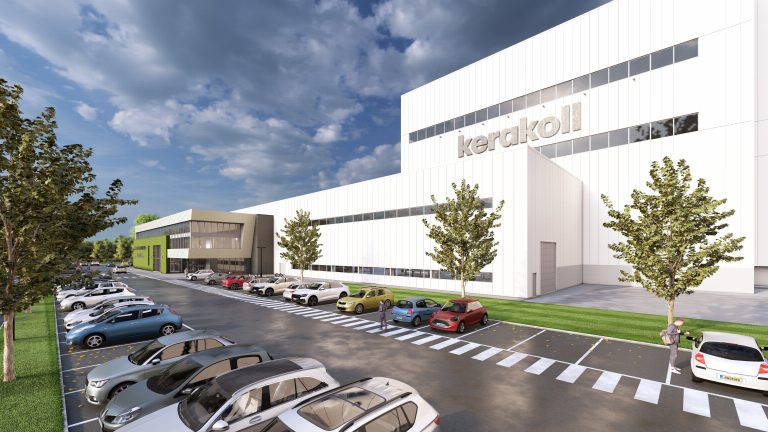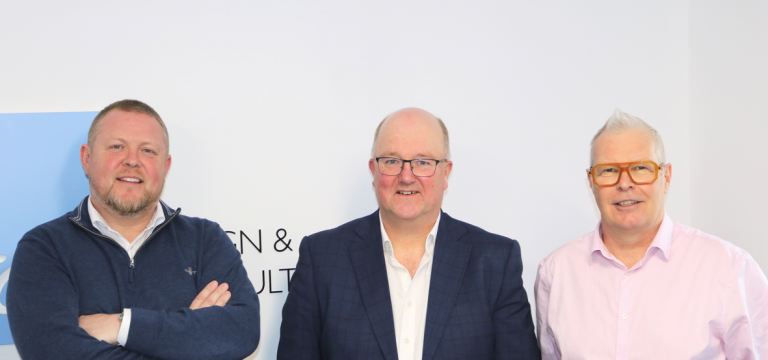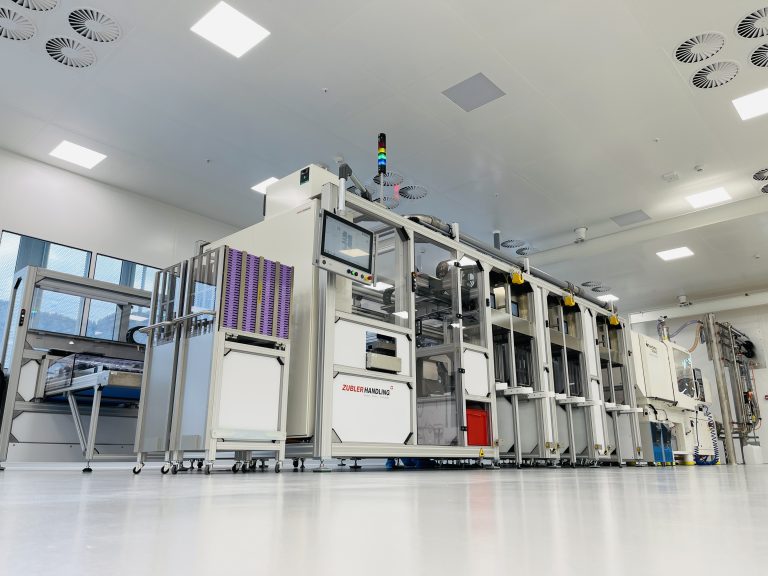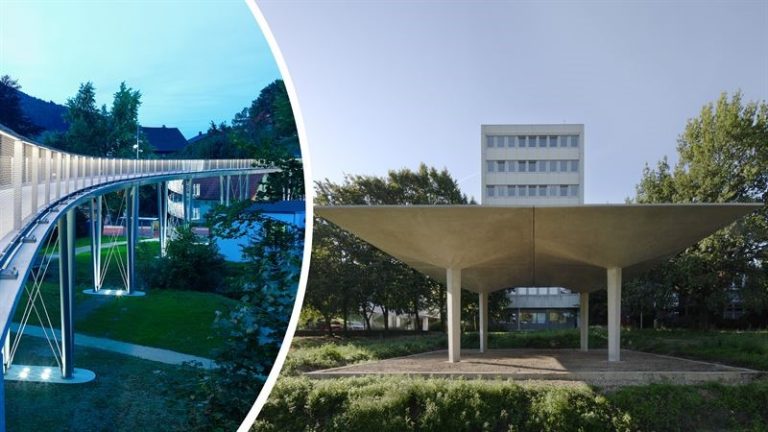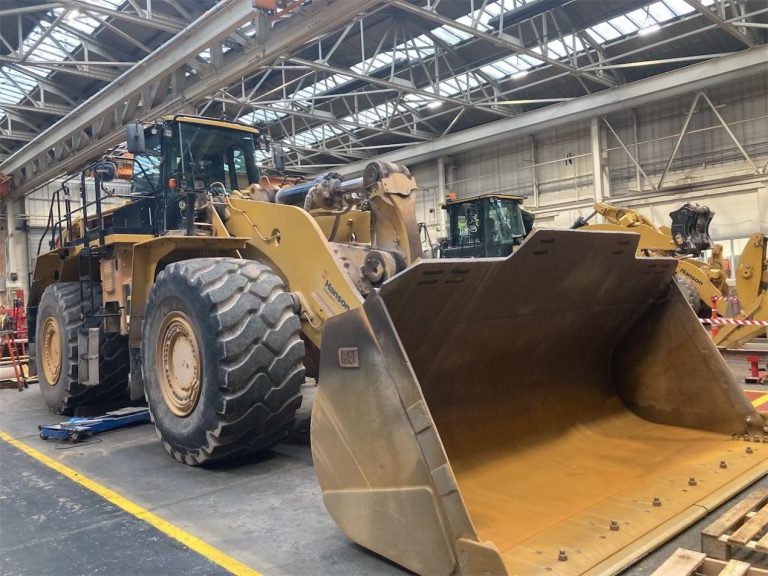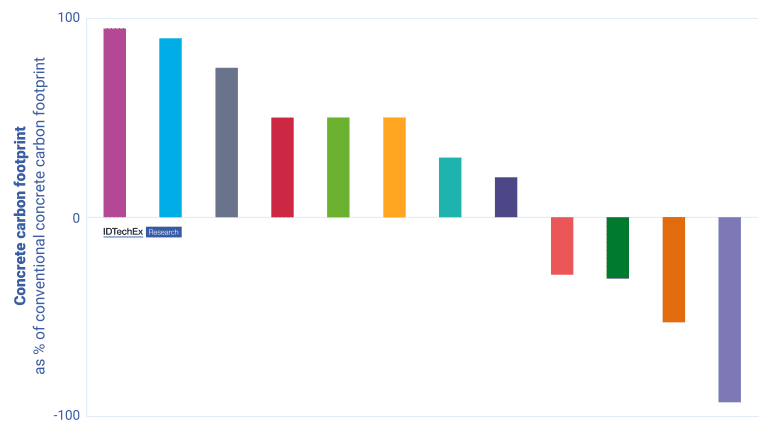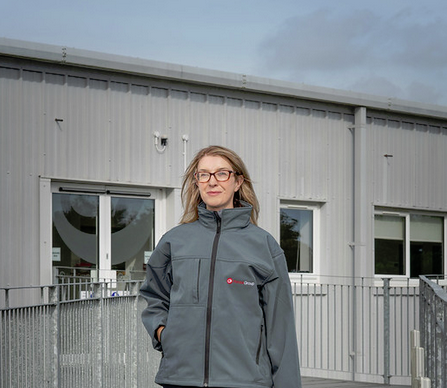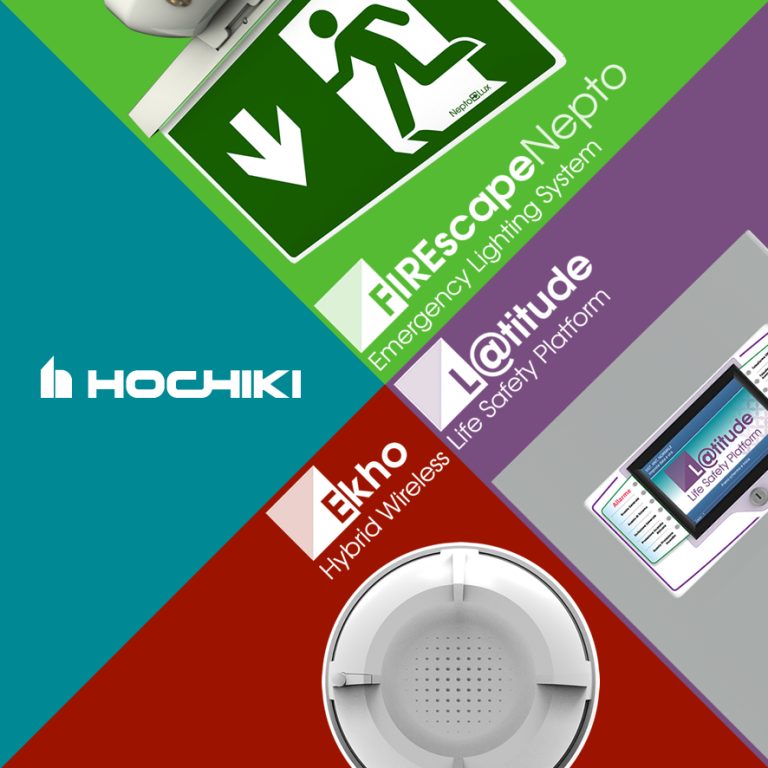One of the UK’s leading geospatial technology firms, MGISS, is enhancing its provision for major utilities companies, developing an integrated solution to support asset owners, operators and contractors to manage risks and minimise disruptions to gas and water supply. MGISS’s geospatial software platform enables its customers, which include Northumbrian Water Group, Severn Trent Water and Galliford Try, to capture the location of buried assets, such as pipes and cables, through transforming GIS data into real-time augmented reality displays. The firm, which was founded by Mike Darracott in 2014 and operates from Liverpool, has also supported the likes of the National Trust and South West Peatland Partnership to map heritage sites and monitor large-scale environmental projects, ensuring the capture of accurate site data. Now, as part of a major project match-funded by the European Space Agency (ESA), the firm is scaling up its support for clients in the utilities sector through the development of an eye-in-the-sky solution, utilising satellite data to identify and locate development risks in proximity to critical utility assets. The development of this new, innovative risk alert platform, coupled with MGISS’s core range of geospatial solutions, is driving the development of a predictive, integrated offering to clients, enabling real-time decision making, reducing costs, and enhancing the visibility of buried assets. The firm’s progress on the ESA-funded project is especially timely, given the planned roll-out of the government’s National Underground Asset Register, a digital map of underground pipes and cables, which intends to revolutionise the way buried infrastructure is managed. MGISS are taking this innovation further, using satellite services to link directly into other national, web-based data sources. Along with securing a €500,000 award from the ESA in 2023 to carry out the two-year project, last month MGISS received a further £600,000 in funding from NPIF – Mercia Equity Finance, which is managed by Mercia and part of the Northern Powerhouse Investment Fund (NPIF). Mike Darracott, managing director at MGISS, said: “Supply interruptions cost utilities companies billions of pounds each year, not only in trying to repair and restore supplies but also in paying compensation to customers. Construction work is a key cause of these disruptions and the situation is likely to worsen in the future if planning laws are relaxed. “Our systems help our clients to make the most of the available data, enabling a proactive approach to identifying and tackling hazards. This new platform will be the most integrated to date and will help companies to dramatically reduce downtime, regulatory fines and, in partnership with conservation organisations, their environmental impact.” Clive Surman-Wells, innovation partnerships manager at Northumbrian Water Group, added: “Driving forward innovations such as this one, in partnership with the European Space Agency, is fundamental in delivering value to companies within the utilities and construction sectors, and the customers and communities they serve. MGISS is an example of a technology firm operating on the cutting edge – developing unique solutions to reduce costs, minimise impacts on the environment, and improve visibility and decision-making.” Robert Hornby, venture capital investor at Mercia Asset Management, added: “MGISS has successfully pivoted from being a consultancy firm to a software business and has achieved impressive growth in recent years. The company addresses a key concern for utility providers, and we’re pleased to be able to support the development of this new solution, which we believe will have a huge global market.” Employing a team of 14 staff based at its headquarters in Brunswick Business Park, MGISS is in the process of expanding its team across product development, sales and marketing, following three years of high growth and a 300% increase in annual recurring revenue. The current NPIF investment phase has now completed, with the British Business Bank launching the Northern Powerhouse Investment Fund II in March 2024. The Northern Powerhouse Investment Fund project is supported financially by the European Union using funding from the European Regional Development Fund (ERDF) as part of the European Structural and Investment Funds Growth Programme 2014-2020 and the European Investment Bank. For more information on MGISS and its geospatial solutions, please visit www.mgiss.co.uk Building, Design & Construction Magazine | The Choice of Industry Professionals
